[email protected]
The last ’15 minutes of terror’, as earlier described by ISRO Chairman Dr K Shivan, did turn out to be a terror as Chandrayaan-2 lost contact with the ISRO ground station. The Vikram Lander was just 2.1km away from Lunar surface, it deviated its planned trajectory path and lost contact with ISRO station. ISRO team is still analysing data about what would have happened. Vikram may have landed the moon or may not be too.
Chandrayaan-2 from start has travelled 3.8 lakh km till just 2.1km away from Lunar surface where ISRO ground stations lost connection with the Vikram Lander.
Chandrayaan-2 is India’s second mission to the moon with the total cost being Rs 978 crore. It comprises a fully indigenous Orbiter, Lander (Vikram) and Rover (Pragyan). The Rover Pragyan is housed inside Vikram lander.
The Orbiter was successfully launched and it’s still orbiting the moon, and will continue its functioning for next one year. The next stage was Vikram Lander soft landing on the South pole of the Moon, which ISRO chief had described as ’15 minutes of terror’, which turned out to be a terror as they lost contact with the Lander.
If India has successfully landed on the South Polar region of the Moon, India would have joined the bandwagon of soft landing on the moon along with USA, Russia and China, and would have become the first country to land on the Moon’s south polar region.
Chandrayaan-2 journey since its launch
India’s Geosynchronous Satellite Launch Vehicle, GSLV MkIII-M1 successfully launched Chandrayaan-2 spacecraft on July 22 from the Second Launch Pad at Satish Dhawan Space Centre SHAR, Sriharikota.
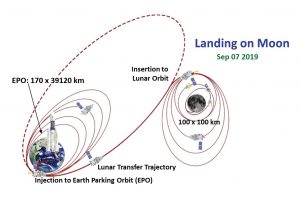
After the launch, series of orbit manoeuvres was carried out using Chandrayaan-2’s onboard propulsion system. This raised the spacecraft orbit in steps and then placed it in the Lunar Transfer Trajectory that enabled the spacecraft to travel to the vicinity of the Moon.
Chandrayaan-2 is India’s second mission to the moon with the total cost being Rs 978 crore. It comprises a fully indigenous Orbiter, Lander (Vikram) and Rover (Pragyan). The Rover Pragyan is housed inside Vikram lander.
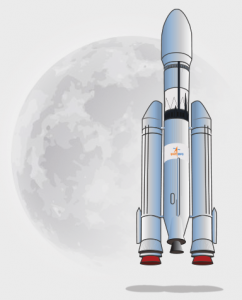
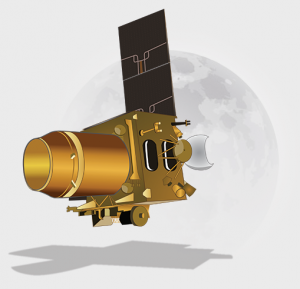
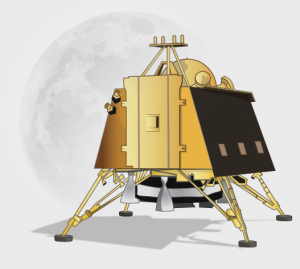
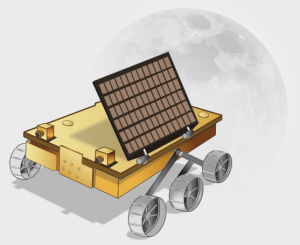
Launcher: GSLV MkIII The Orbiter Vikram Lander Pragyan Rover
- Launcher GSLV Mk III: The GSLV Mk-III will carry Chandrayaan-2 to its designated orbit. This three-stage vehicle is India’s most powerful launcher to date, and is capable of launching 4-ton class of satellites to the Geosynchronous Transfer Orbit (GTO)
- Orbiter: At the time of launch, the Chandrayaan-2 Orbiter will be capable of communicating with Indian Deep Space Network (IDSN) at Byalalu as well as the Vikram Lander. The mission life of the Orbiter is one year and it will be placed in a 100X100 km lunar polar orbit. It weighs 2379 Kg.
- Vikram Lander: The Lander of Chandrayaan-2 is named Vikram after Dr Vikram A Sarabhai, the Father of the Indian Space Programme. It is designed to function for one lunar day, which is equivalent to about 14 Earth days. Vikram has the capability to communicate with IDSN at Byalalu near Bangalore, as well as with the Orbiter and Rover. The Lander is designed to execute a soft landing on the lunar surface. It weighs 1471 KG.
- Pragyan Rover: 6-wheeled AI powered Rover, can travel upto 500 meters and can communicate only with Vikram Lander. It functions with solar energy and weighs 27 kgs. A few hours after the soft landing, the Rover Pragyaan will roll down from Vikram and will perform in situ exploration of the surrounding lunar surface.
What will Chandrayaan-2 do?
- Chandrayaan-2 will explore the completely unexplored part section of the Moon — its South Polar region.
- Better understand the origin and evolution of the Moon by conducting detailed topographical studies, comprehensive mineralogical analyses, and a host of other experiments on the lunar surface.
- Will further explore presence of water molecules on the Moon
- The lunar South Pole is especially interesting because of the lunar surface area here that remains in shadow is much larger than that at the North Pole. There is a possibility of the presence of water in permanently shadowed areas around it. In addition, South Pole region has craters that are cold traps and contain a fossil record of the early Solar System.
- First space mission to conduct a soft landing on the Moon’s south polar region with home-grown technology
ISRO is still analysing the data. Going ahead we just have to wait and watch. Prime Minister Narendra Modi lauded ISRO contribution to science and technology and to humankind.


Thanks for sharing.